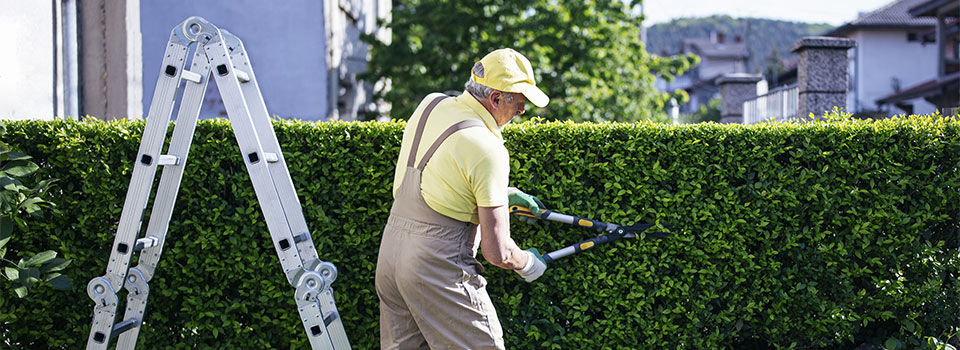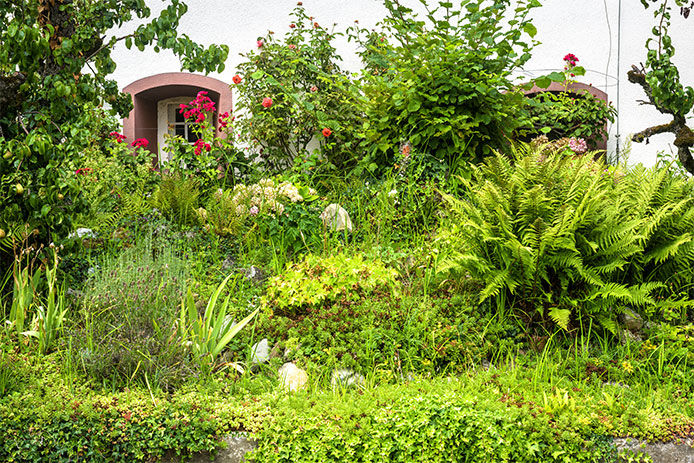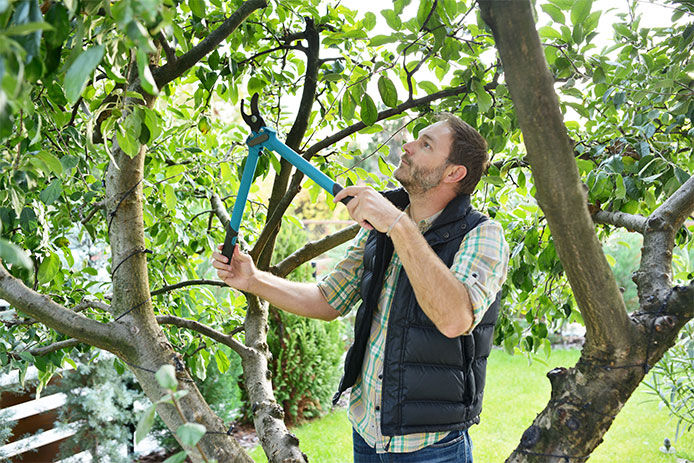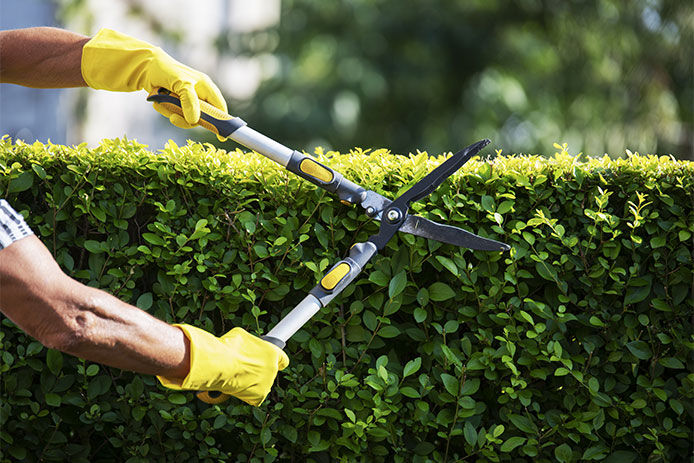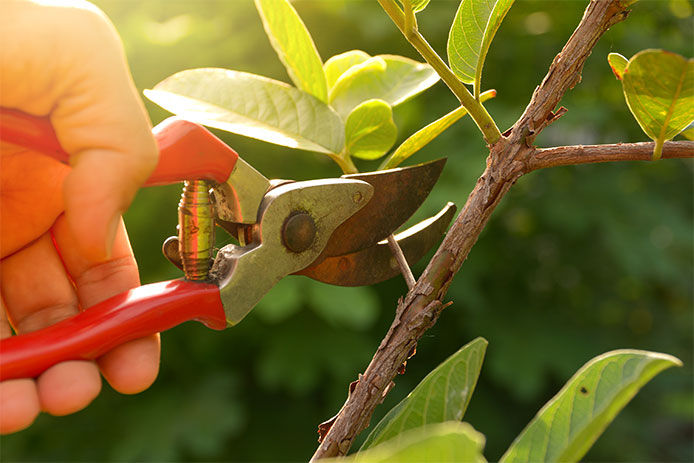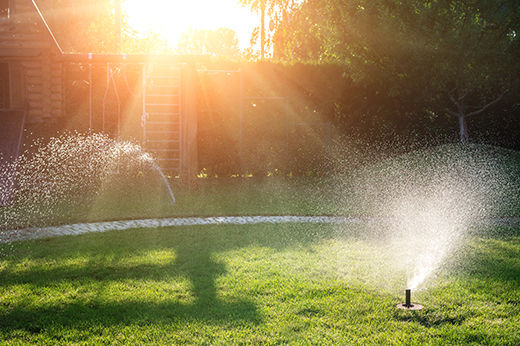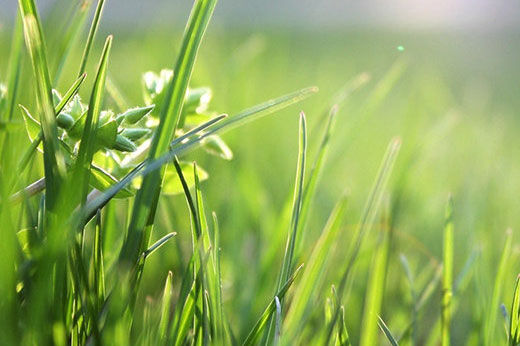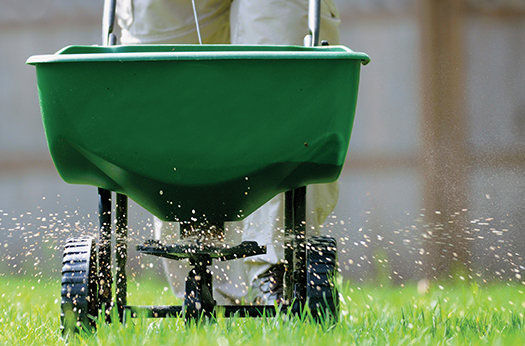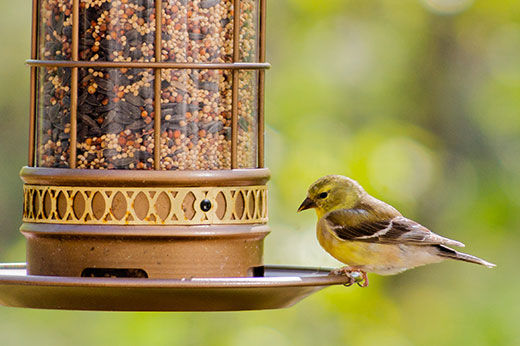Use the Right Tools
You will want to begin with the right tools. Depending on the size of the job, you will want a pair of gardening shears, hedge-cutters, wood-clippers, or even a power trimmer. All of these are easy to use and easy to find at any hardware store or garden center. It is imperative to make sure that your tool of choice is clean to prevent the spread of disease. Wipe down the blades with bleach or vinegar to sterilize before using. Be sure to clean again between plants.
